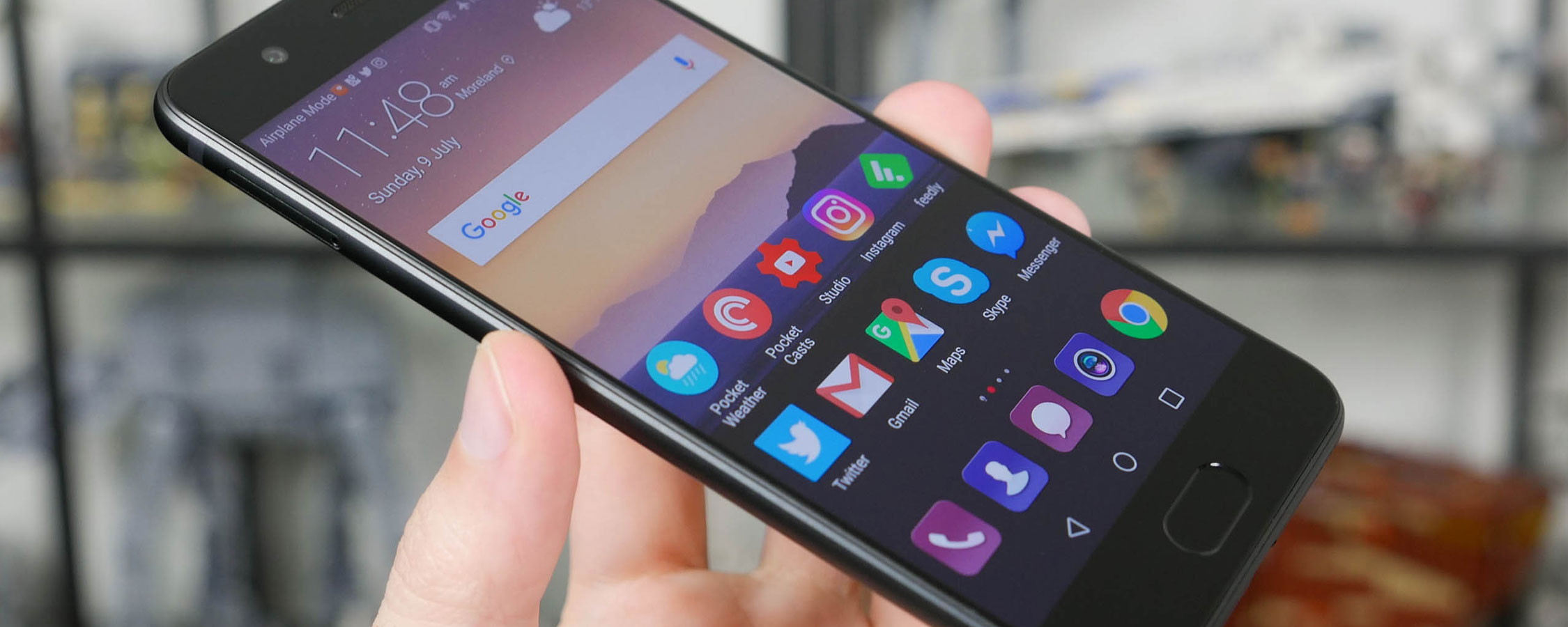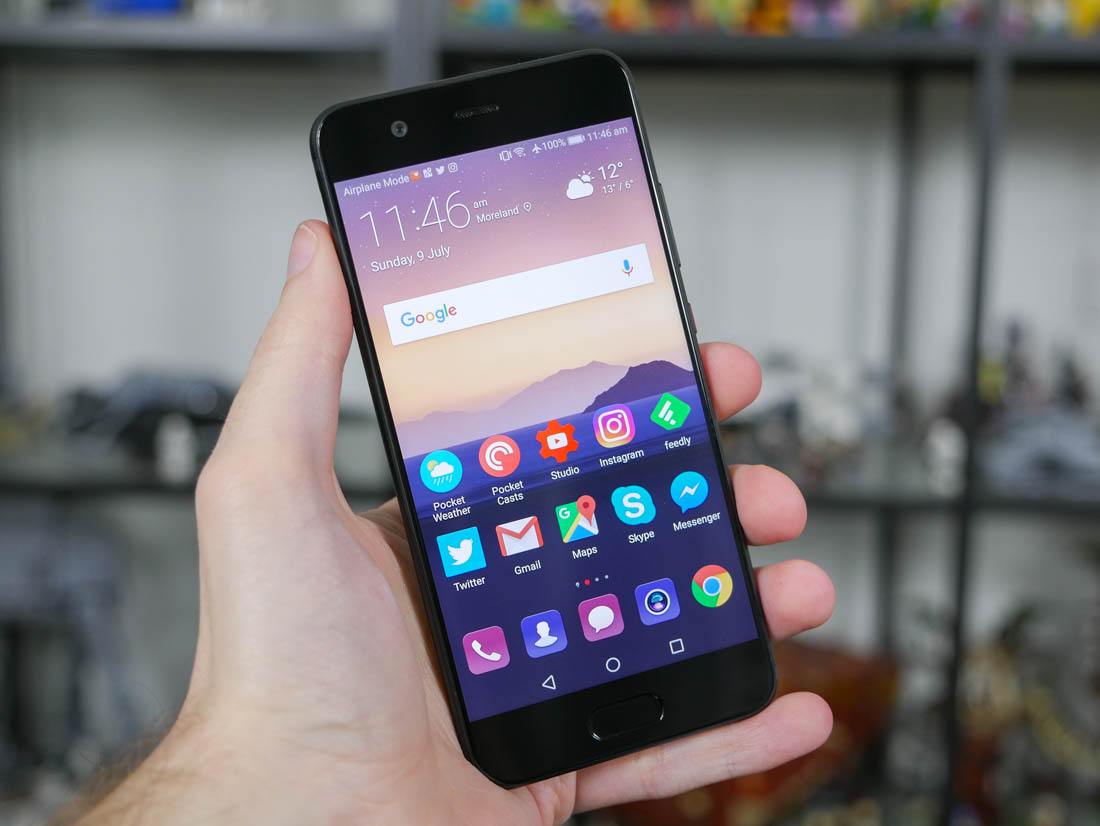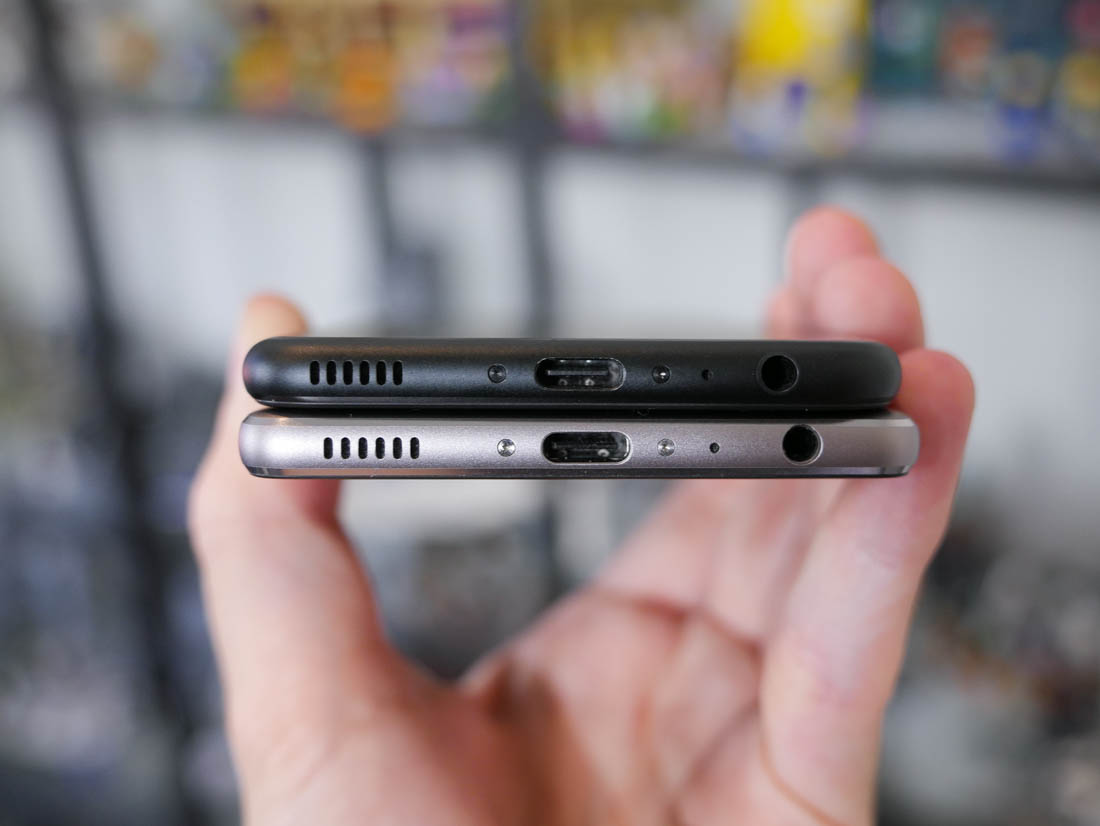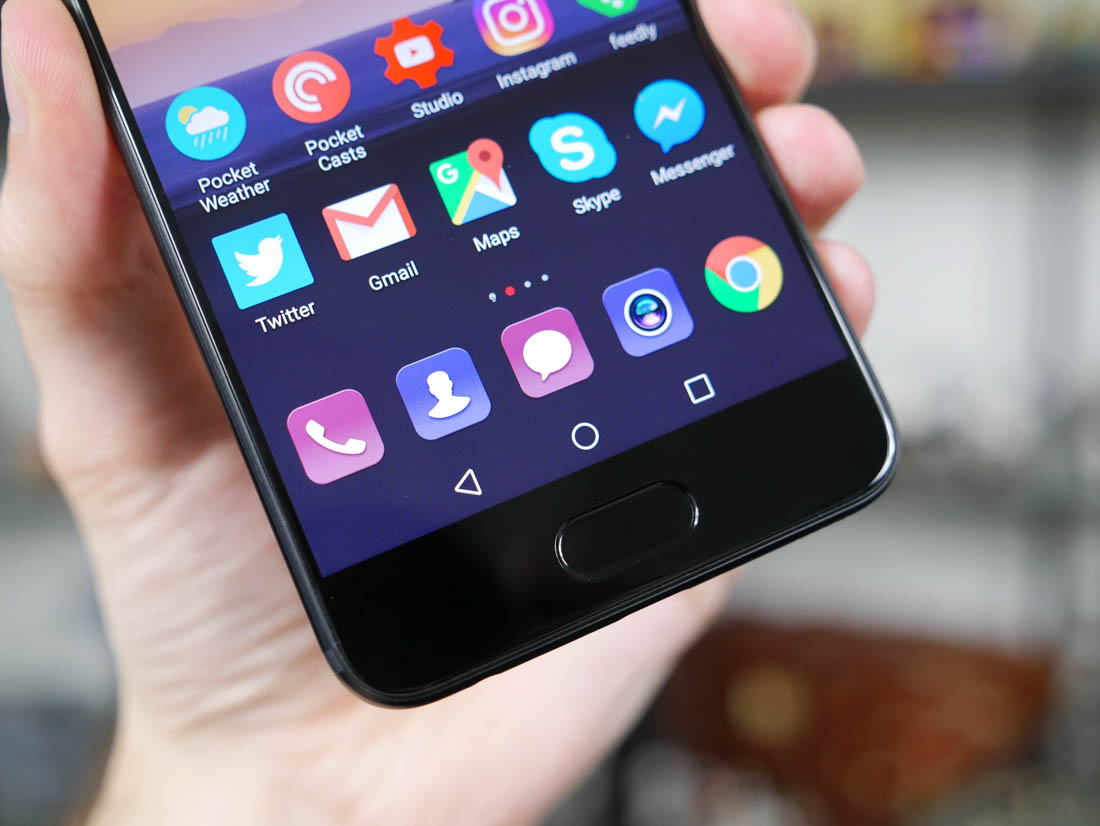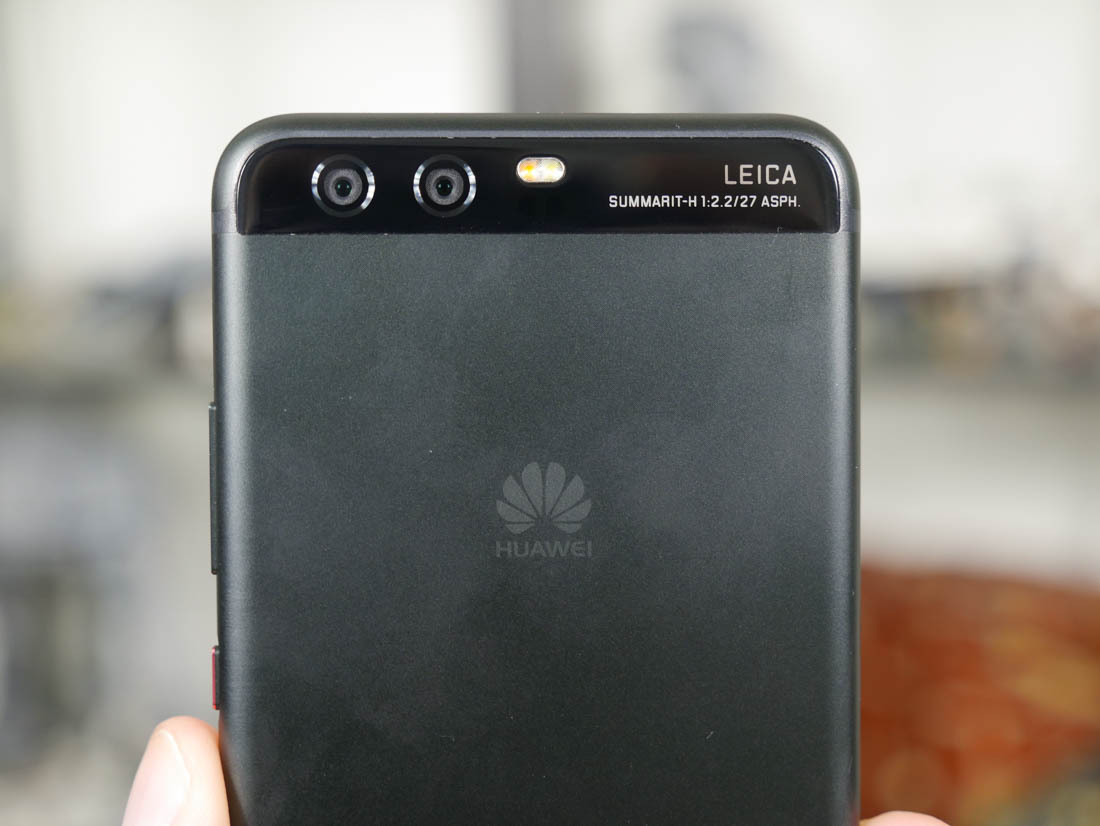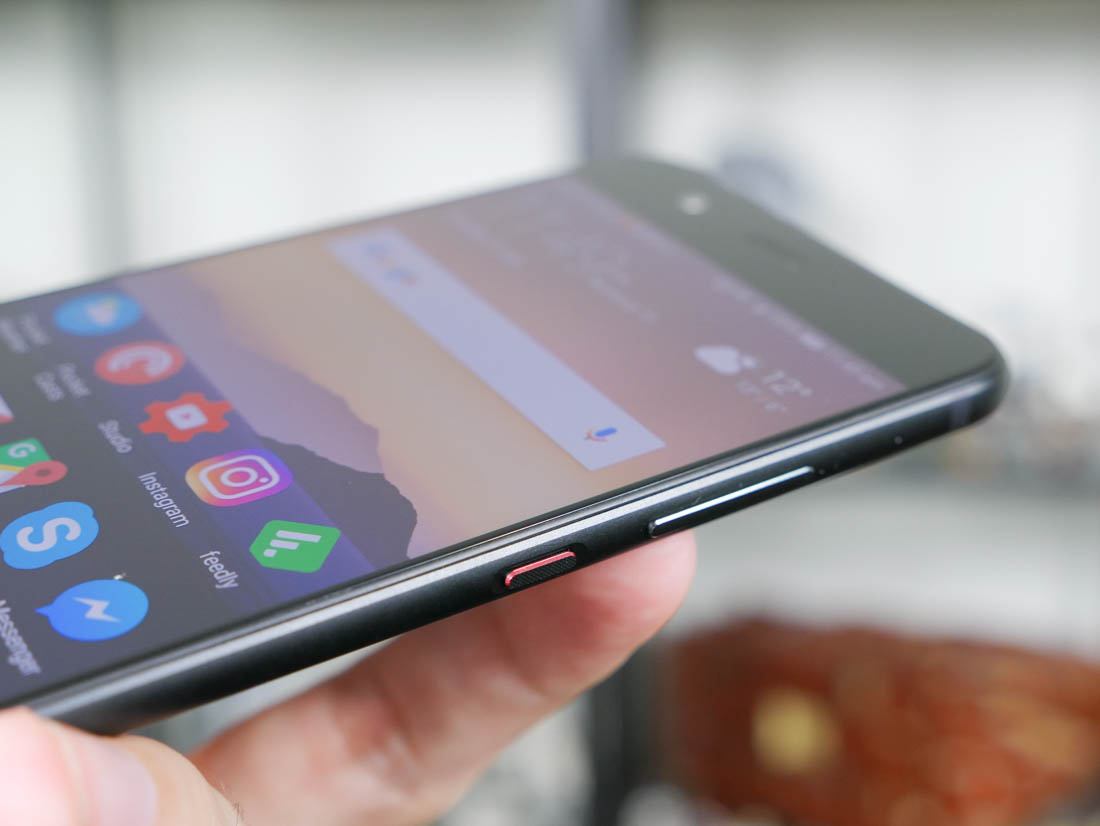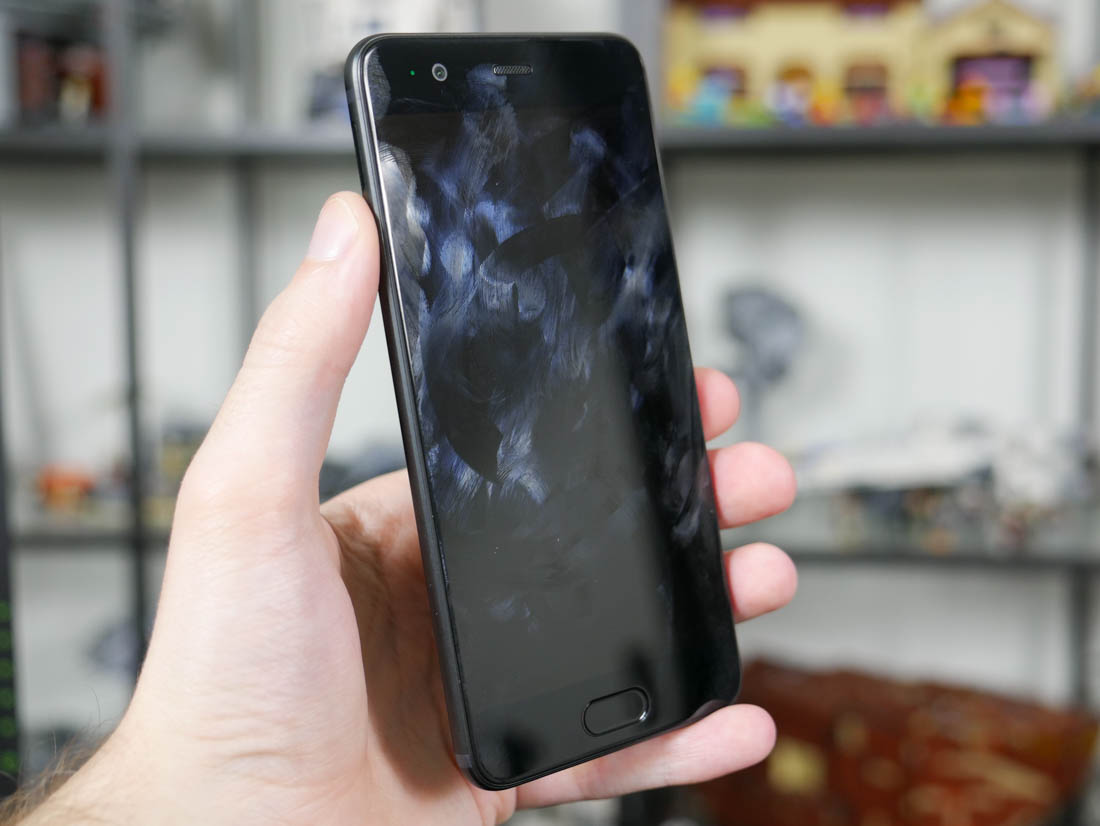Last year's Huawei P9 was a bit of a surprise packet, stuffing great performance, decent battery life and a great camera into a compact package. The device shot Huawei into genuine flagship contention in 2016, and its success was helped by an attractive price point that undercut many other top phones that year.
This year Huawei launched a new top-end smartphone, the Huawei P10, along with a larger brother in the P10 Plus. The phone debuted in a time where competitors like Samsung and LG had just launched flagships with larger, bezel-free displays. But rather than innovating in a similar fashion, Huawei opted for a more iterative approach that took the good parts of the P9 and attempted to improve them for 2017.
The result is a phone that's largely the same as the P9 from a design and feature perspective. I've been using the handset for the last month or so to evaluate how it stacks up to modern competition, including devices like the Galaxy S8 and LG G6. Unfortunately, while I quite liked the Huawei P9, I'm not convinced the P10 is as good of a phone in today's crowded market.
So let's start by looking at the design. You'll be forgiven for confusing the Huawei P10 for the P9, because both phones look strikingly similar. Both are rounded-rectangular metal unibody slabs with glass on the front, a glass camera strip along the top of the rear panel, and moderately-sized bezels above and below the display. It seems Huawei didn't want to significantly refresh the design of their high-end phone, so they didn't.
The Huawei P10 (right) next to the Huawei P9
I loved the design of the Huawei P9, and I still think this sort of metal chassis works well. The single metal piece curves beautifully around all four edges of the handset, giving it a seamless, premium feel. The texture and shine to the matte finish oozes class, while the compact design with rounded edges is extremely easy to hold and operate. If you're not a fan of massive 5.5-inch or larger devices, the smaller 5.1-inch display used here will appeal to you.
At 7.0mm thick, the P10 is also pretty slim, although it still manages to cram in a 3,200 mAh battery. The battery is actually a little larger than the Huawei P9, by 200 mAh, with no change to the thickness and only a one gram increase in weight. That's an impressive achievement; I love seeing companies extend battery life without any impact to the design of their products.
The Huawei P10's ports and speaker (top) next to the Huawei P9
Most of the design elements and features around the body of the P10 are in an identical location to the P9. The power button and volume rocker are in the same position and exhibit the same satisfying click, though this time Huawei has given a subtle red highlight to the power button. The USB-C port, 3.5mm headphone jack and bottom-firing speaker are exactly the same as last year, right down to the position of the microphone hole and screws. The top speaker and front facing camera? Yep, you guessed it: identical positioning.
And just quickly on the speaker system here, Huawei has continued to use a single bottom-firing speaker that can occasionally be covered by your fingers while holding the phone in a landscape orientation. I'd like to see Huawei experiment with a dual speaker solution here, perhaps using the in-call speaker in combination with the bottom speaker like some other phones available today.
The one major change to the design of the P10, and perhaps the only change, is the new position of the fingerprint sensor. The P9 used a comfortably-positioned rear sensor, though Huawei decided to shift the sensor to the front on the P10 for some bizarre reason. Not only is this sensor harder to hit during normal usage - it's awkward to hit all below-display fingerprint sensors one-handed due to its low position on the phone's body - but it's also easy to confuse the sensor for a home button.
On the P10, the fingerprint sensor is only that: a fingerprint sensor. Like the P9, the P10 uses on-screen navigation buttons, so a home button is located on the screen just above the fingerprint sensor. Other smartphones that use a front sensor tend to make the sensor double as a home button, potentially with capacitive buttons on either side as well, but this isn't the case with the P10.
The P10 comes with a SIM slot on the left side, packing a nano-SIM and microSD holder, though dual-SIM variants will allow you to swap out the microSD for a second SIM. Other features from the P9 like 24-bit/192kHz audio have made the transition to the P10 as well.
Normally, I wouldn't have any issue with Huawei sticking with the same design as last year, because last year's design was fantastic. However in 2017, several companies have experimented with larger displays, particularly LG and Samsung. These phones include taller screens with smaller bezels, keeping the size of the phone the same but giving you more screen real estate and a larger screen-to-body ratio. The P10 with its 71% screen-to-body ratio feels outdated and old in comparison to the latest massive-screen handsets.
That's not to say the P10 is unusable because of its bezels and traditional 16:9 display; far from it. Anyone upgrading from an older handset will be making a sideways move to a similar display format, rather than downgrading from a bezel-free device, and that's fine. But competing phones on the market do offer an expanded viewing experience if you're tossing up between the P10 and something from LG or Samsung.
The other major issue with the P10's design is that it bizarrely lacks an oleophobic coating. Huawei ships the P10 with an awful plastic screen protector applied in the factory, which should be removed immediately because it's just terrible to use. But underneath the protector is a Gorilla Glass 5 screen with no fingerprint-resistant coating, which makes the P10 accumulate fingerprints and grime like no other flagship on the market.
The omission of the coating is very odd because it's basically on by default on any other phone. Maybe they figured everyone would keep the horrendous screen protector applied and so wouldn't reveal the coating-free glass. In any case, it's a poor choice.
Oh, and for those that normally use a screen protector on their phone, I'd highly recommend swapping out the plastic garbage included with the phone for a quality glass screen protector from a company like Ultimate Shield.
